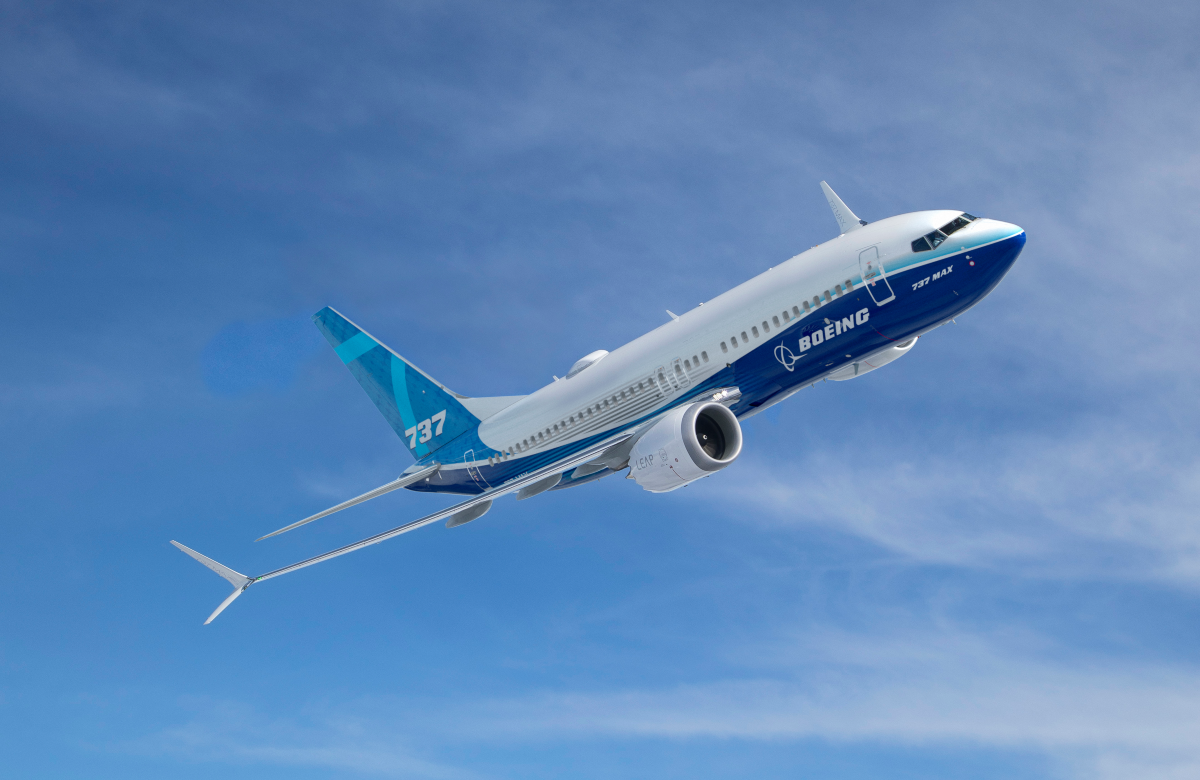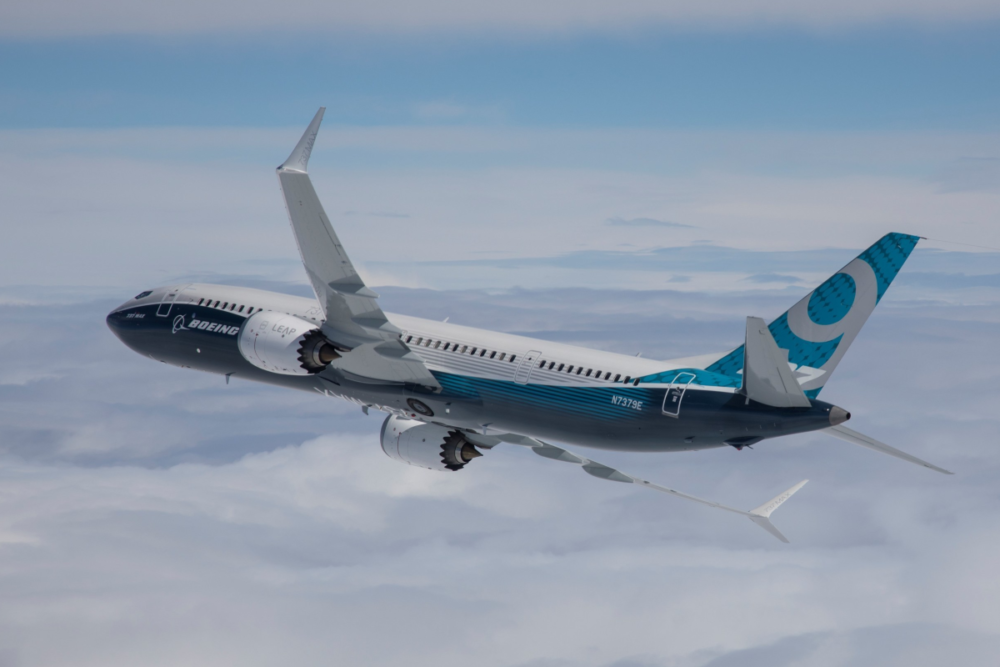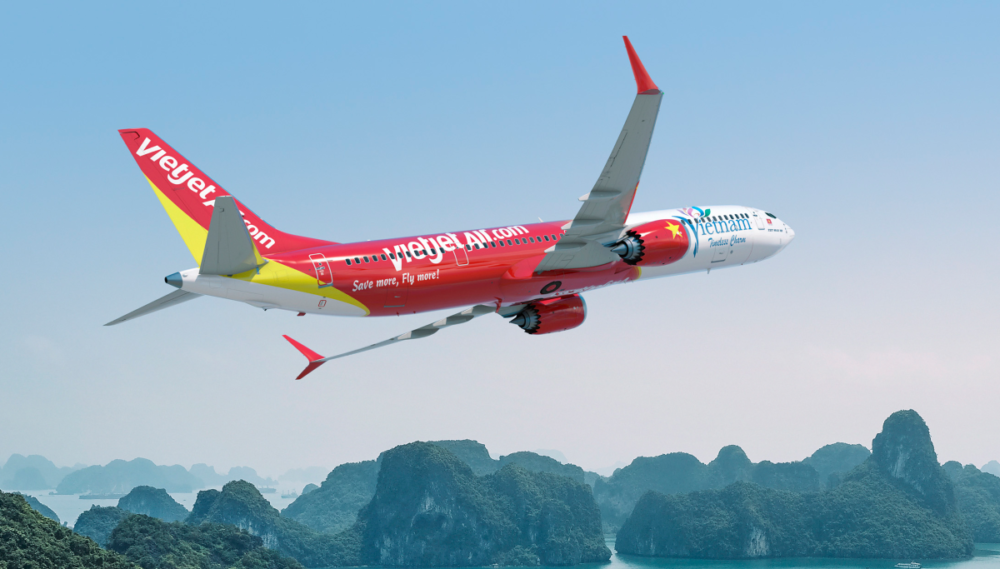Vietnam's aviation safety regulators are mulling lifting their ban on the 737 MAX landing at Vietnamese airports. Vietnam presently allows the MAX to fly through its airspace but not land. Aside from Vietnam, almost every other country has greenlighted the 737 MAX to freely resume operations.
The Civil Aviation Authority of Vietnam proposes greenlighting the MAX
According to a report by Dat Nguyen in VPExpress, a Vietnamese newspaper, the Civil Aviation Authority of Vietnam (CAAV) is proposing that the MAX be allowed to fly in and out of Vietnam, rather than just over it.
The report says the CAAV has approached Vietnam's Ministry of Transport to lift the ban, noting 178 out of 195 countries worldwide have already done so. A September 20 update on the CAAV website reads:
"Based on the assessment results of the aviation authorities in the world and the safety index of the Boeing 737 MAX aircraft after being licensed to operate again, the Civil Aviation Administration of Vietnam proposes the Ministry of Transport allows the Department to carry out the necessary procedures to allow the Boeing 737 MAX aircraft to fly to/from the Vietnamese territory, and at the same time implement the process of granting the certificate of approval for the aircraft type B737 MAX to be imported into Vietnam,"
Stay informed: Sign up for our daily and weekly aviation news digests.
A host of reasons why the 737 MAX should fly in Vietnam
CAAV Director General Dinh Viet Thang argues there are a host of reasons why the MAX should be allowed to fly in and out of the country. Key among them is Vietnam's laggard status in recertifying the plane. Vietnam is grouped with neighbouring China and nearby Indonesia as among the last countries to let the 737 MAX operate freely in their jurisdictions.
"Besides the two largest aviation authorities in the world, the US Federal Aviation Administration (FAA) and the European Aviation Safety Agency (EASA), aviation authorities such as Brazil, Japan, and Australia also allowed the Boeing 737 MAX to resume operations," the CAAV statement adds. "At the same time, the aviation authorities of China and Indonesia are expected to lift the ban this September."
Perhaps more compelling are the MAX's operational stats since the plane began flying again late last year. The CAAV notes 737 MAXs have operated over 150,000 flights since then, clocking up 370,000 flying hours without incident. Around half a percent of those flights were delayed more than 15 minutes owing to technical issues - an important performance measure known as the departure reliability index.
Vietnam's 737 MAX go-slow slips under the radar
Dinh Viet Thang argues these factors add up to a pretty compelling case. He wants to see the MAX back at Vietnam's airports. While no Vietnamese airlines currently have MAX aircraft in their fleets, VietJet Air has a large number of them on order.
Vietnam lifted the ban on MAX's transiting through its airspace in April, but the country's safety regulators have opted to take their time allowing the plane into their airports. Unlike China, which is embroiled in a trade and political brawl with the United States, and Indonesia, home to one of the fatal MAX crashes, Vietnam has no real excuse for its recertification tardiness.
While attention remains focused on China's go-slow on MAX recertification, Vietnam is slipping under the radar. But if China does greenlight the MAX, and Dinh Viet Thang expects it to do so shortly, the spotlight might swing on Vietnam. Folks might ask what is going on? Vietnam might be keen to avoid that kind of scrutiny. Recertifying the 737 MAX is their escape clause.



